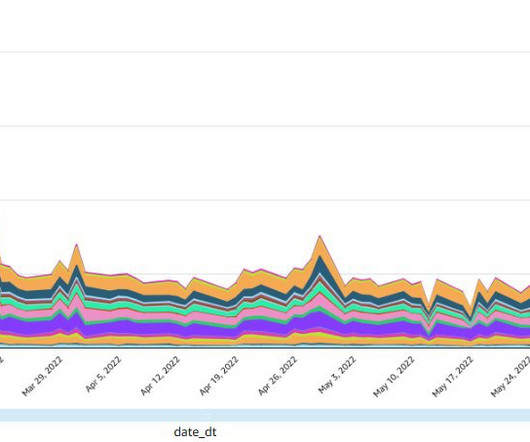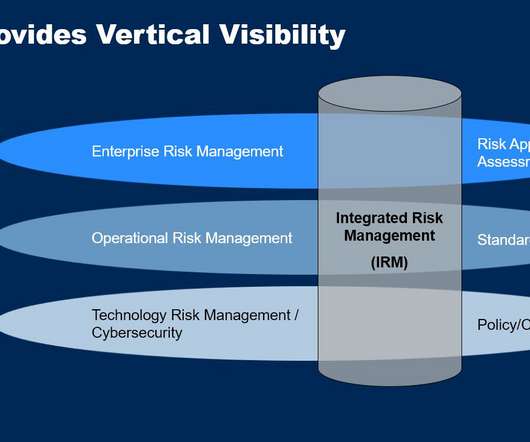What is Model Risk and Why Does it Matter?
DataRobot Blog
APRIL 29, 2022
With the big data revolution of recent years, predictive models are being rapidly integrated into more and more business processes. This provides a great amount of benefit, but it also exposes institutions to greater risk and consequent exposure to operational losses.














Let's personalize your content